Introduction
Trace minerals like Zn, Mn, Cu, Se, Fe, Cretc. though are required in a very minimal quantity yet are indispensable for birds’ growth and performance. They act as cofactors for various enzymatic and biochemical reactions, development of immune system, tissue and bone development, cellular integration, protection against oxidative stress are among the few imperative functions of Trace minerals. Deficiencies of trace minerals leads to hindrance in the above-mentioned functions and thus in turn puts a halt on growth performance and development. Trace minerals are supplemented in two forms to animal – inorganic and organic trace minerals. What to use among these two wanders in the mind of poultry farmers. Pros and cons of the sources and is there any other better solution that can assimilate both inorganic and organic trace minerals benefit in one solution, is discussed in this article.
Inorganic sources of trace minerals like sulphates, oxides and sometimes carbonates are the compound where metal binds in electro valency and release free metal ion in low pH in crop and proventriculus.
METAL AMINO ACID CHELATE- Product resulting from the chelation of a metal ion from soluble metal salt and amino acids in a ratio of 1: (1-3) moles to form coordinate bond
METAL AMINO ACID COMPLEX- Product resulting from the reaction of a metal ion from soluble metal salt and amino acid(s) in a ratio of 1:1 mole to form a coordinate compound. This becomes METAL SPECIFIC AMINO ACID COMPLES, when metal is chelated with a specific amino acid.
METAL PROTEINATE- Product resulting from chelation of metal ion from soluble metal salt and amino acids/ partially hydrolyzed peptides.
METAL POLYSACCHARIDE- Product resulting from complexing soluble metal salt with polysaccharide solution to form a complex compound.
METAL PROPIONATES- Product resulting from the reaction of propionic acid and metal salt.

Comparing organic trace minerals and inorganic trace minerals in terms of bioavailability
Trace minerals after getting inside the body of the bird, are transported across the membrane in the gut through various pathways with the aid of carrier protein or ligand. Inorganic trace minerals under low pH dissociates to give free metal ion that via the pathways enters the enterocytes and gets into the circulation. Usually this happens when free metal ion reaches the absorption site unaltered, but mostly there are various dietary compound present or to be specific antagonist such as Phytic acid, Folic acid that reacts with these free metal ionsand thus the further process of absorption is deterred. Apparently, this problem is solved using Organic trace minerals which are protected due to their structure and traverse to the absorption site.
Moreover, thecarrier protein transporting free metal ion gets saturated, in that scenario also trace minerals absorption is hampered.
On the other hand, Organic trace minerals such as amino acid complex, proteinates gets absorbed by amino acid transporters. Similarly, polysaccharide complexes are first broken down to simpler sugar molecule and thus gets absorbed like glucose and fructose molecule via their respective transporters. Thus, organic trace minerals open the door for alternate absorption pathway for metals.
Above mentioned advantages give Organic trace minerals an edge for better stability, absorption and hence higher bioavailability than Inorganic trace minerals.
Inorganic trace minerals are absorbed via metal ion transporter, where the metal gets bind to the antagonists that are present in dietary feed such as Phytic acid, folic acid, tannins, etc.
Organic trace minerals such as amino acid metal complexes adopt amino acid transporters for absorption and thus shields the trace mineral from antagonists. Moreover, saturation of ligands that occur with inorganic trace minerals is also compromised using Organic trace minerals that are absorbed via an alternate pathway.
Bioavailability of organic trace minerals
Organic trace minerals have higher bioavailability than inorganic trace minerals. There are different types of Organic trace minerals, what to choose on the basis of absorption and better availability is the question.
Better stability in varying pH from as low as 2 to as high as 6 and better absorption in the intestine, drives the better efficacy of organic trace minerals. Organic trace minerals such as Metal Propionates are not chelated minerals, therefore such compounds tend to get dissociate and act like inorganic trace minerals after getting inside the living system. Heavy molecules like protein and polysaccharide acting as a chelating agent are weaker in low pH and gets dissociated. Gel filtration chromatography indicated that metals solubilized from Complex chelated protein products either were no longer bound to proteinaceous ligands or were bound so weakly that they dissociated under gentle gel filtration conditions. However, more information is needed about the physical and chemical properties of Proteinate chelated complex mineral supplements under various conditions and about the utilization and metabolism ofsuch supplements by livestock. On the contrary part, Amino acid being a small molecule tends to be the most stable in such varying pH and gets absorbed via the Amino acid transporter.
Ideal way of trace minerals inclusion in animal feed
Usage of Organic trace minerals in animal feed is not that murky now that it used to be in early days. Organic trace minerals are absorbed via different pathway such as via the amino acid pathway and the way mono saccharides are absorbed. These alternate pathway gives an edge to Organic trace minerals for absorption. In fact, Bioavailability of Organic trace minerals is higher than the Inorganic trace minerals. Nevertheless, it cannot completely replace the inorganic trace minerals in the feed, because of the high inclusion cost of Organic trace minerals. Based on the findings it is suggested that the minerals can be supplemented in combination of inorganic and organic sources at two-third and one-third levels of requirements, respectively to obtain the maximum performance in animals and poultry birds.There by, Absorption of trace minerals is compensated by organic trace minerals and cost of inclusion of trace minerals is in equilibrium because of Inorganic trace minerals. This kind of approach aids complete availability of trace minerals to birds at an economic cost.
Conclusions
Trace minerals inclusion is an imperative process in animal feed. There are different sources of Trace minerals, inorganic and organic being the basic classes. Among organic trace minerals, metal propionate doesn’t chelate with trace minerals, thus being unstable in low pH. Proteinate and Polysaccharide being macromolecule are dissociated in low pH due to their size. Amino acid bound minerals being perfectly forming a ring like structure is stable is such low pH. However, there has to be comparative research on bioavailability of organic trace minerals.
Evidently despite of better absorption of organic trace minerals, it cannot completely replace the inorganic ones due to higher cost. Therefore, economically a sheer blend of inorganic and organic trace minerals is required which shows better results as well is soft on the pockets.
References are available on request.
By Dr Pooja Rawal, Dr CVC, Optima Life Sciences Pvt Ltd

